How to Shutdown and Restart Windows 10 using Cortana
Cortana is Microsoft’s personal assistant for Windows. The personal assistant has the ability to set alarms, take notes, set reminders, and do web searches. Cortana was promised to do more – shutdown, restart, hibernate and sleep, but unfortunately, Windows users have not had this feature, even with the latest update. This is probably as a result of a security concern which may allow attackers to execute the said commands remotely.
In this article, we’ll show you a trick to enable Cortana to perform shutdown or restart commands. This is basically a set of shortcuts with the corresponding commands set to be triggered by Cortana.
Shutting Down with Cortana
- Press the Windows key + E to open Windows Explorer
- Click in the location bar, paste the following location and hit Enter.
%appdata%\Microsoft\Windows\Start Menu\Programs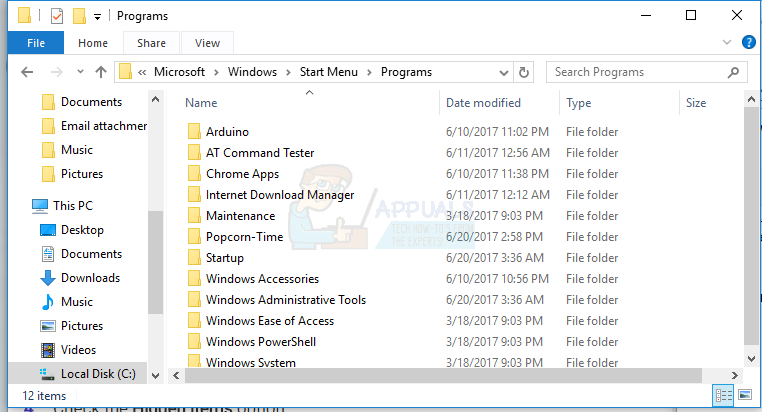
- In the programs folder, right-click and select New > Shortcut.
- In the Create Shortcut wizard, type the paste the following command in the Type the location of the item: Click Next to continue.
shutdown.exe -s -t 00
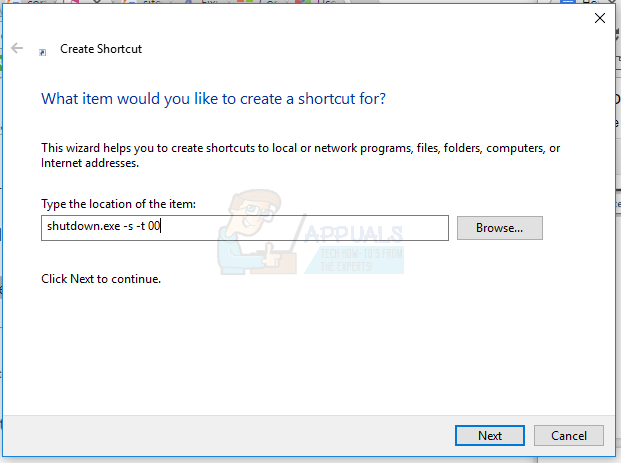
- In the next field, provide the name of the voice command you want to use with Cortana. You can use Shutdown or Turn off PC.
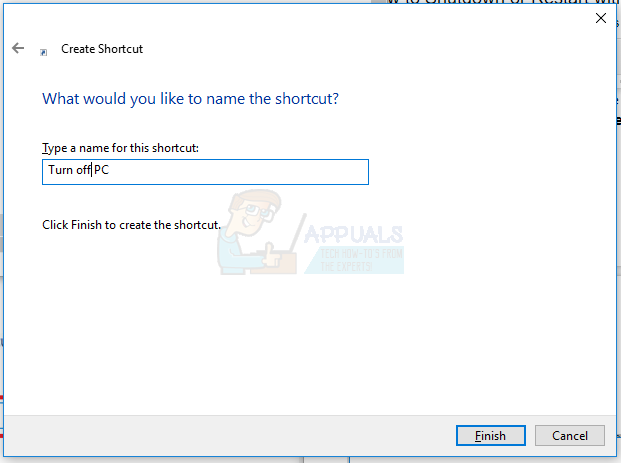
- Click Finish to complete.
- If you’ve enabled the “Hey, Cortana” feature, you can say “Hey, Cortana: Open Shutdown” to turn off your computer.
Restarting with Cortana
- Press the Windows key + E to open Windows Explorer
- Click in the location bar, paste the following location and hit Enter.
%appdata%\Microsoft\Windows\Start Menu\Programs

- In the programs folder, right-click and select New > Shortcut.
- In the Create Shortcut wizard, type the paste the following command in the Type the location of the item: Click Next to continue.
shutdown.exe -r -t 00
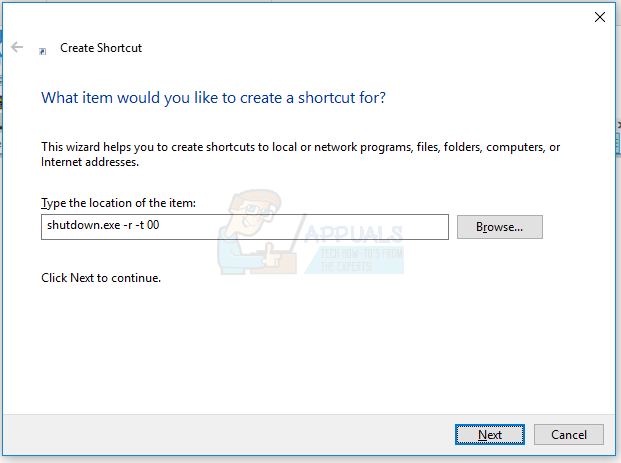
- In the next field, provide the name of the voice command you want to use with Cortana. You can use Restart.
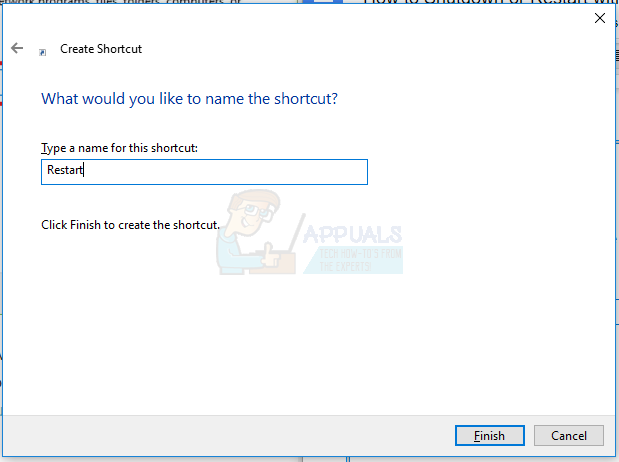
- Click Finish to complete.
- If you’ve enabled the “Hey, Cortana” feature, you can say “Hey, Cortana: Open Restart” to restart your computer.
Hibernating with Cortana
- Press the Windows key + E to open Windows Explorer
- Click in the location bar, paste the following location and hit Enter.
%appdata%\Microsoft\Windows\Start Menu\Programs
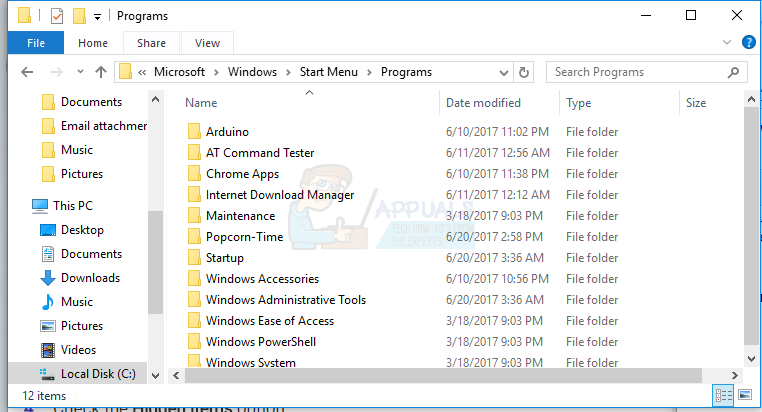
- In the programs folder, right-click and select New > Shortcut.
- In the Create Shortcut wizard, type the paste the following command in the Type the location of the item: Click Next to continue.
shutdown.exe -h
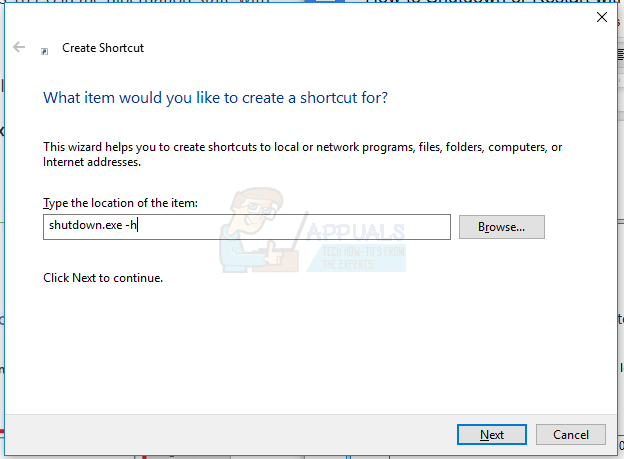
- In the next field, provide the name of the voice command you want to use with Cortana. You can use Hibernate or Deep Sleep.
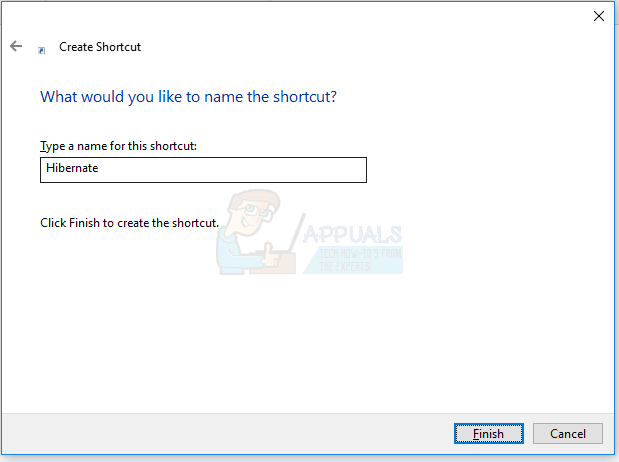
- Click Finish to complete.
- If you’ve enabled the “Hey, Cortana” feature, you can say “Hey, Cortana: Open Hibernate” or say “Hey, Cortana: Open Deep Sleep” to hibernate your computer.
Signing Out with Cortana
- Press the Windows key + E to open Windows Explorer
- Click in the location bar, paste the following location and hit Enter.
%appdata%\Microsoft\Windows\Start Menu\Programs
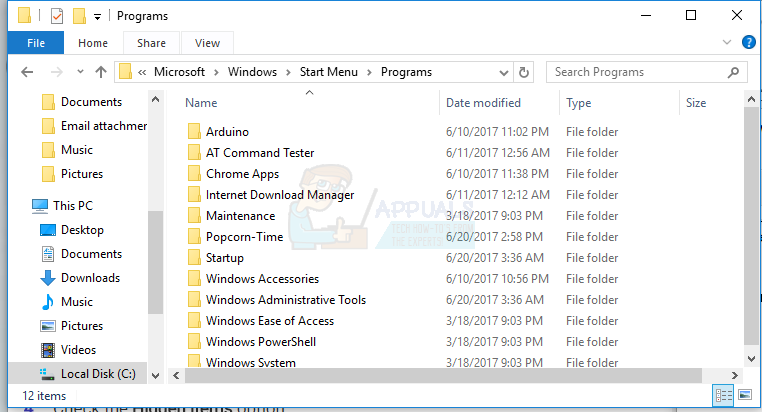
- In the programs folder, right-click and select New > Shortcut.
- In the Create Shortcut wizard, type the paste the following command in the Type the location of the item: Click Next to continue.
shutdown.exe -l
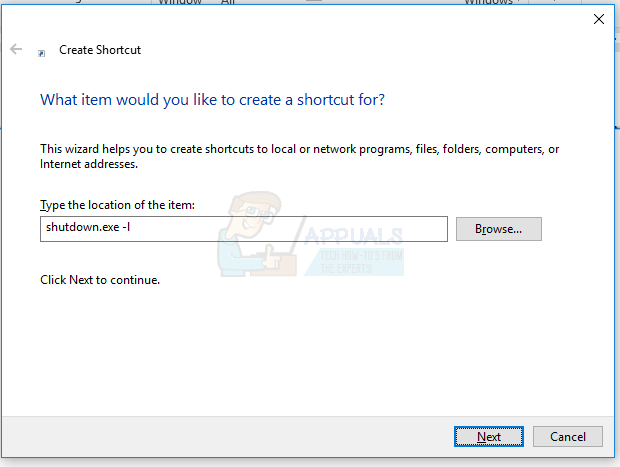
- In the next field, provide the name of the voice command you want to use with Cortana. You can use Sign Out or Lock.
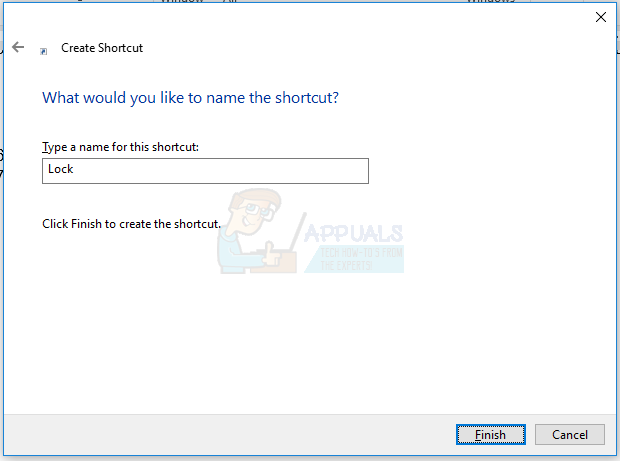
- Click Finish to complete.
- If you’ve enabled the “Hey, Cortana” feature, you can say “Hey, Cortana: Open Lock” or say “Hey, Cortana: Open Sign Out” to sign out from your computer.